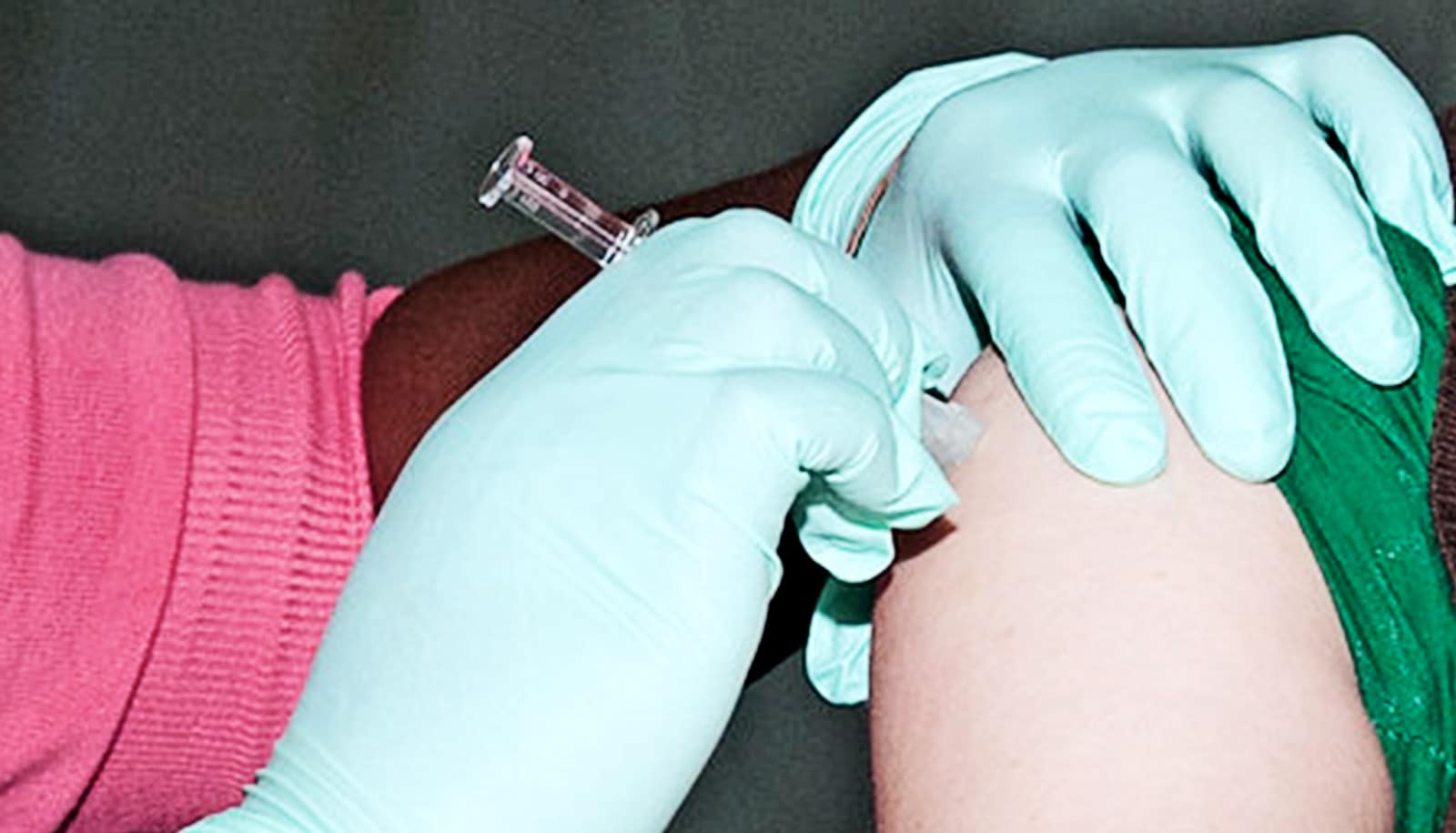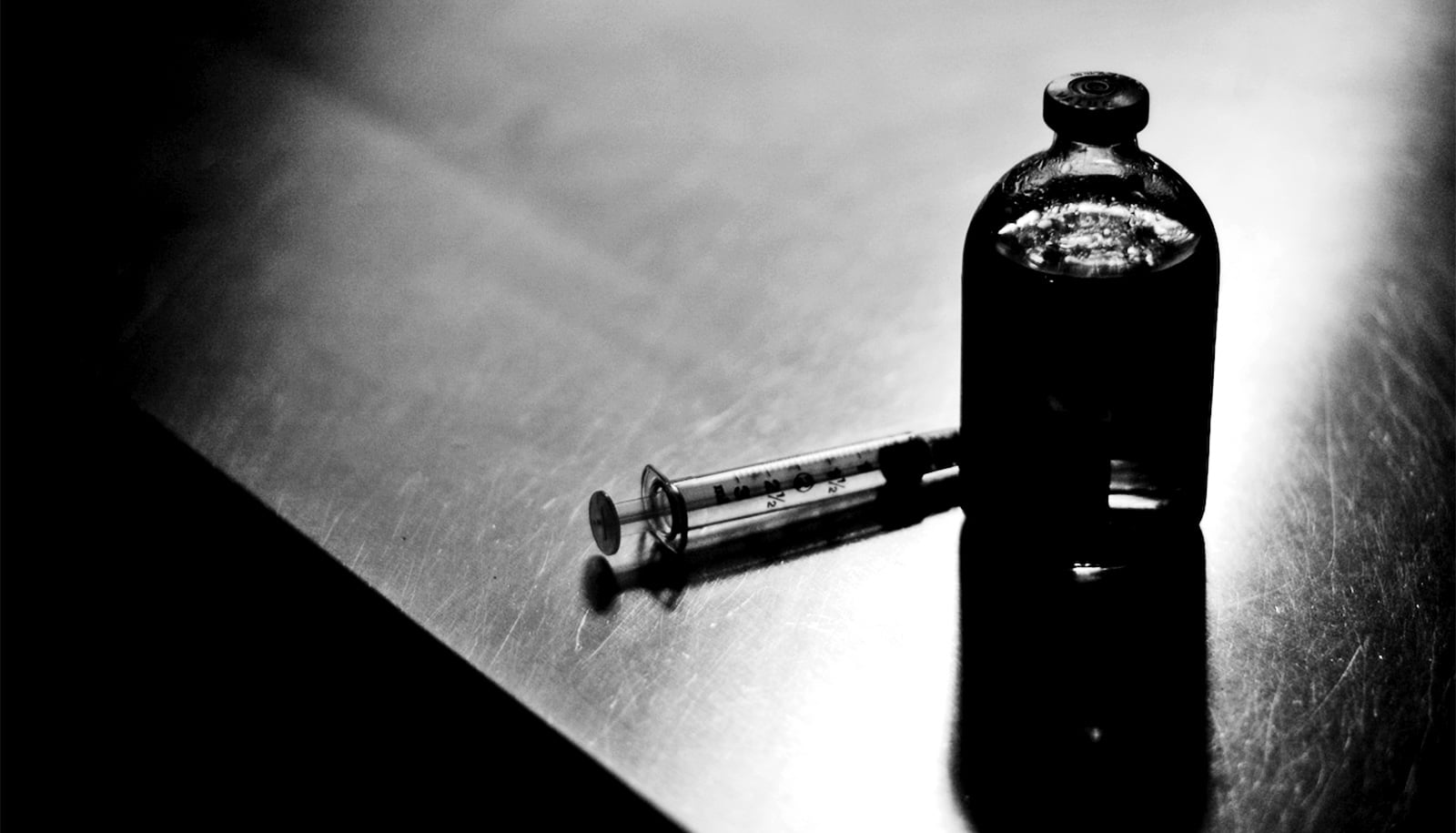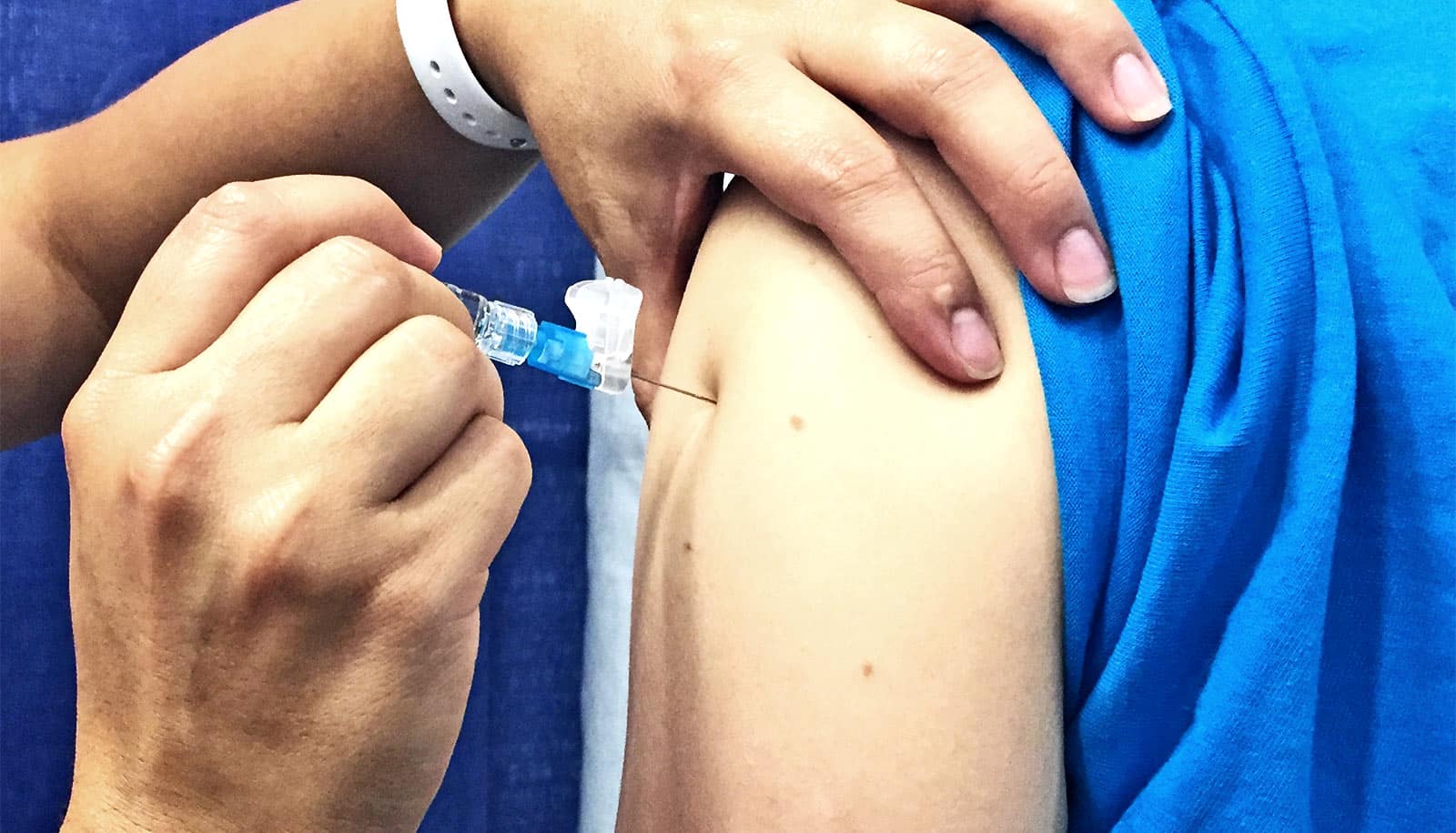The process for creating a COVID-19 vaccine may be different from other common vaccines, Andrea Amalfitano says.
Amalfitano is dean of the Michigan State University College of Osteopathic Medicine and a professor of pediatrics, microbiology, and molecular genetics.
Here, Amalfitano sheds light on the creation a COVID-19 vaccine, how it’s different from vaccines like the flu shot, and whether it’ll take more than one injection:
How is creating and testing a novel coronavirus vaccine different from others, like the flu vaccine?
Basically, we have no track record of successfully developing a coronavirus-specific vaccine, let alone a COVID-19-specific vaccine. We also are not entirely sure what portion of the COVID-19 virus particle should be targeted. Finally, it isn’t clear if antibody responses alone will prevent COVID-19 infection, as other responses may also be necessary, such as T-cell based immune responses.
For example, annual flu vaccines work by generating antibody responses. Antibodies “capture” free floating virus particles and remove them from the body. In contrast, T-cells seek out and destroy those cells potentially infected by a virus such as COVID-19, preventing further production of the virus from those infected cells.
These variables, once understood, may also influence ultimate ability to deliver a vaccine to large numbers of people. One could have a great vaccine that elicits great antibody responses, but if the vaccine cannot be successfully mass produced, it is essentially useless to large populations needing the vaccine. If T-cell responses are also necessary from a vaccine, this will add further restraints on which vaccine candidates are even entertained for large-scale production.
Will getting a flu shot this fall increase the chance of being infected with the novel coronavirus?
No. I’m aware of no evidence that influenza virus immunity might inadvertently augment a subsequent infection with COVID-19. In fact, it should be a higher priority to receive the flu vaccine this year more than ever, to prevent the chances of individuals simultaneously having both COVID-19 and a flu infection, a situation that would likely result in more serious illness than being infected with either virus alone.
Next year, will there be an order in which we should get each of these or could they be administered at the same time?
A particular order is not known yet, but I have not seen any data suggesting one could not receive both simultaneously, much as we do for other currently approved vaccine combinations. Clinical trials would need to be done to verify this.
Is it correct that a novel coronavirus vaccine would require two shots (like the new shingles vaccine) and both would need to come from the same manufacturer?
That is not clear. Many vaccines require an initial “priming” vaccination, followed by one or more “booster” vaccinations to maximize the generation of beneficial immune responses. This may likely be the case for any COVID-19 vaccine.
Prime boosting strategies can be homologous, where the same vaccine platform is administered repeatedly, versus heterologous, where one vaccine platform is followed or boosted with a second, but on a different platform. However, both would target the same virus, such as COVID-19. The decision to do homologous versus heterologous prime boosting vaccinations will depend on results of clinical trials testing each platform individually.
How many novel coronavirus vaccines could be brought to market? How will the public know which is best?
There may be more than one, depending on how they perform in clinical trials. The clinical trial testing will inform potential efficacy. FDA approval of a COVID-19 vaccine will be based on a high likelihood for preventing the virus, a premise that will have been validated in clinical trials leading up to the FDA approval.
Could separate coronavirus vaccines be developed for different age groups, genders, or ancestry?
So far, it is not clear whether different populations would require a different vaccine platform. I would suggest that availability of a COVID-19 vaccine may require delivery to the most at-risk or medically vulnerable of our populations first, until enough vaccine can be produced to deliver to the entire population. Scalability of the specific vaccine will determine how quickly greater numbers of the population can receive it.
What information hasn’t the media covered that you feel is important about a COVID-19 vaccine?
I think the fact that the ability to scale up any new vaccine is not a given. In fact, I am always dismayed when individual researchers or companies tout a new finding in the laboratory as the next great therapy, without any indication or proof that the therapy is safe in large populations or can even be safely produced to be given to large populations.
As a clinician, I many times have had to tell patients these realities when they encounter the latest news on the next great medical breakthrough. This reality check can many times be devastating to someone affected with, for example, a life-threatening illness or condition. You can imagine in my field of clinical genetics I see this often, as many genetic conditions can be lethal. I have found that false hope can be devastating to individuals and shake their faith in the science of medical therapeutic development. This to me is a tragedy, for if the public loses faith in our ability as scientists to not “overexaggerate,” they may not support our efforts in the future.
Source: Michigan State University



